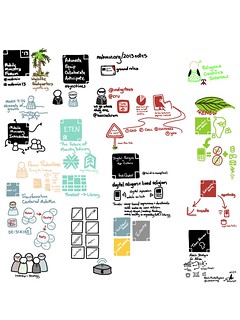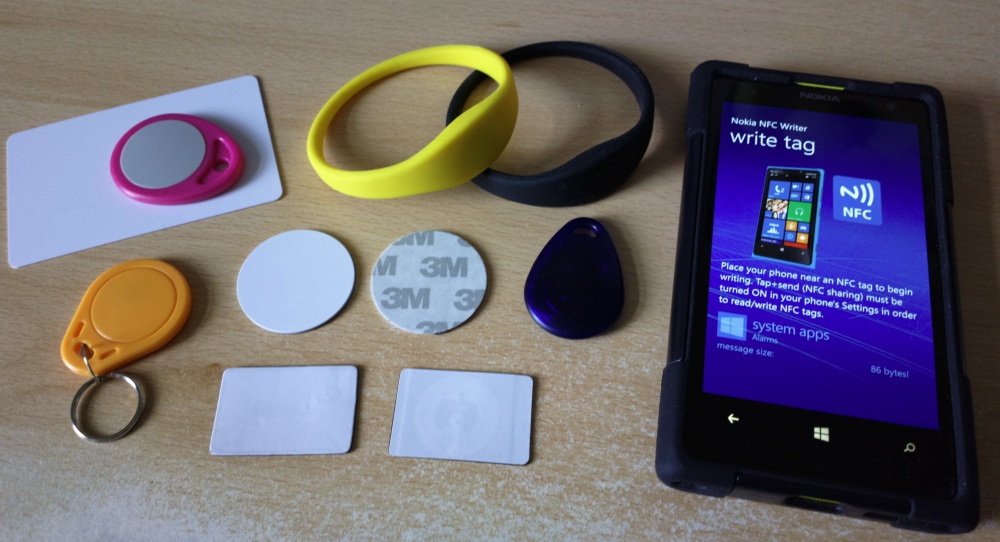Am still working through notes and such from the 2013 Mobile Ministry Forum Consultation, but while doing so, I wanted to jot down a few things which are still sticking out as points of reflection.
- For those who usually follow me, you know that I draw my notes during conferences, workshops, and Bible studies. I did the same here. Here’s the PDF (because you’ll want to zoom in for the really, really small stuff) and here’s the JPG – posted on Twitter and Google+ if you want to share too
- I actually was very surprised to see so much paper used during the conference. And then Clyde Taber pulled out using an Apple TV and his iPhone – from a happy-in-tech moment, that was one of the best (4 years ago, he gave me a blank look when I did stuff like that).
- Pay attention to Heidi Campbell’s work – some good data backing observations said here and other places; her upcoming study on digital religious creatives will be great
- Talked a bit about version 2 of the Mobile Ministry Methodology – even gave a preview of the analytic tool that will be launched alongside it. Guess who has more work to get done. See Version 1 of the Mobile Ministry Methodology
- Distribution using SD Cards is all the rage. Lots of folks wanting pure voice solutions though.
- The range of age was nice to see, and not like it was a few young and a lot of old; there was a lot of everyone (except women – conferences as a whole just need to be better on that end)
- If you get to meet Kent Shaffer – just listen. The Spirit of God rests on him. He was live-blogging the conference too (Preview, Recap 1, Recap 2)
- Each year, someone comes with a heavy bat of stats and info. This year it came twice: Faith Comes By Hearing and Tomi Ahonen – loved it
- Best quotes: “Information is not transformation” (John Edmonston of Cybermissions) and “Recharging and Redemption” (Tomi Ahonen)
- TWR 360, Ekko Mobile, Estante, Lightstream, C2C Story
- There were rumblings from some folks about how to pay more attention to the rise of the church in sub-Saharan Africa and SE Asia – I can imagine that next year, those folks will be represented well.
- I didn’t have the best of attitudes at the beginning of the conference, just kind of didn’t feel like hearing the same things (its been a long time in this space); by the time it ended, I changed – and got some timely and appropriate honesty from a few folks. I’m grateful for those in the Body who still pull us aside and let us know about ourselves.
That’s all for now. I’ll figure out something else in terms of reflections on another time. Check out the #mobmin13 and #mobmin hashtags on Twitter and other social media spaces for reflections from others. Or, go out there and experiment a bit.







